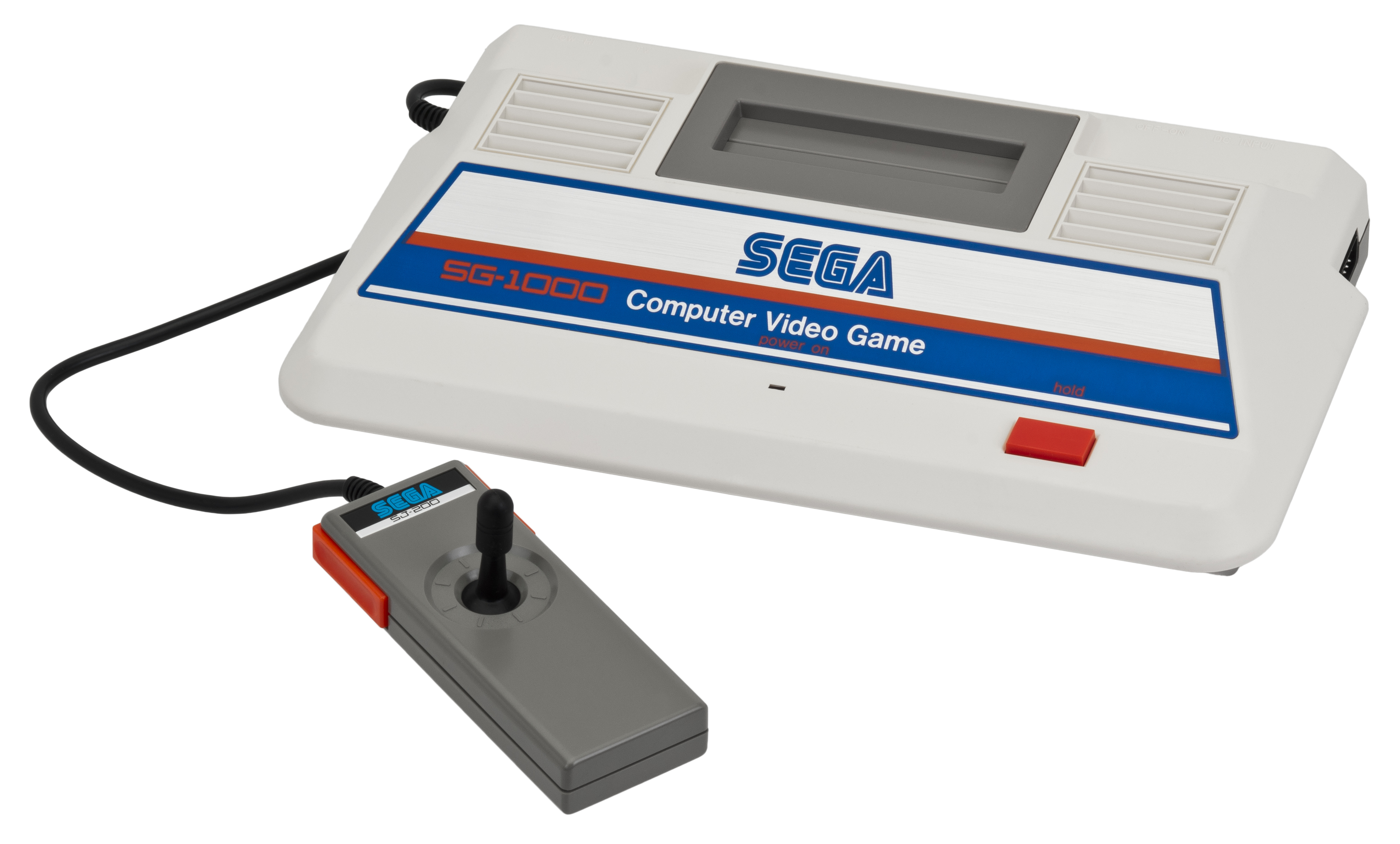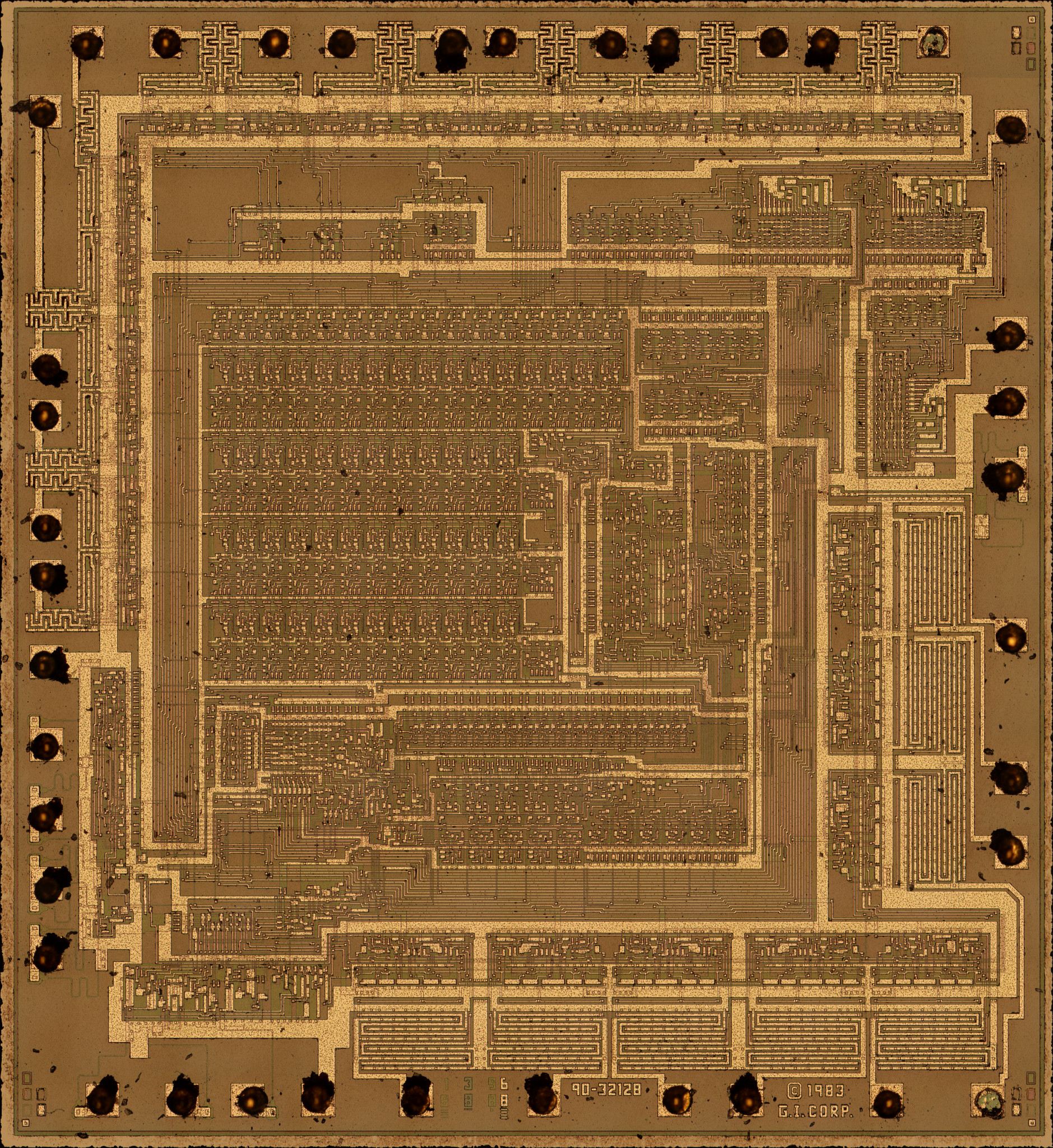|
GX4000
The GX4000 is a video game console that was manufactured by Amstrad. It was the company's short-lived attempt to enter the games console market. The console was released in Europe in 1990 and was an upgraded design based on the then still-popular CPC technology. The GX4000 shared hardware architecture with Amstrad's CPC Plus computer line, which was released concurrently. This allowed the system to be compatible with the majority of CPC Plus software. The GX4000 was Amstrad's first and only attempt at entering the console market. Although offering enhanced graphics capabilities, it failed to gain popularity in the market, and was quickly discontinued, selling 15,000 units in total. Launch After months of speculation, the GX4000 was officially announced along with the 464 plus and 6128 plus computers at the CNIT Centre in Paris in August 1990. The system was launched a month later in four countries, Britain, France, Spain, and Italy, priced at £99.99 in Britain and 990F in Fr ... [...More Info...] [...Related Items...] OR: [Wikipedia] [Google] [Baidu] |
Amstrad CPC
The Amstrad CPC (short for ''Colour Personal Computer'') is a series of 8-bit home computers produced by Amstrad between 1984 and 1990. It was designed to compete in the mid-1980s home computer market dominated by the Commodore 64 and the Sinclair ZX Spectrum, where it successfully established itself primarily in the United Kingdom, France, Spain, and the German-speaking parts of Europe. The series spawned a total of six distinct models: The ''CPC464'', ''CPC664'', and ''CPC6128'' were highly successful competitors in the European home computer market. The later ''464plus'' and ''6128plus'', intended to prolong the system's lifecycle with hardware updates, were considerably less successful, as was the attempt to repackage the ''plus'' hardware into a game console as the ''GX4000''. The CPC models' hardware is based on the Zilog Z80A CPU, complemented with either 64 or 128 KB of RAM. Their computer-in-a-keyboard design prominently features an integrated storage device, ... [...More Info...] [...Related Items...] OR: [Wikipedia] [Google] [Baidu] |
Amstrad
Amstrad was a British electronics company, founded in 1968 by Alan Sugar at the age of 21. The name is a contraction of Alan Michael Sugar Trading. It was first listed on the London Stock Exchange in April 1980. During the late 1980s, Amstrad had a substantial share of the PC market in the UK. Amstrad was once a FTSE 100 Index constituent, but since 2007 has been wholly owned by Sky UK. , Amstrad's main business was manufacturing Sky UK interactive boxes. In 2010, Sky integrated Amstrad's satellite division as part of Sky so they could make their own set-top boxes in-house. The company had offices in Kings Road, Brentwood, Essex. History 1960s and 1970s Amstrad (also known as AMSTrad) was founded in 1968 by Alan Sugar at the age of 21, the name of the original company being AMS Trading (Amstrad) Limited, derived from its founder's initials (Alan Michael Sugar). Amstrad entered the market in the field of consumer electronics. During the 1970s they were at the forefront ... [...More Info...] [...Related Items...] OR: [Wikipedia] [Google] [Baidu] |
History Of Video Game Consoles (third Generation)
In the history of video games, the third generation of game consoles, commonly referred to as the 8-bit era, began on July 15, 1983 with the Japanese release of two systems: Nintendo's Family Computer (commonly abbreviated to ''Famicom'') and Sega's SG-1000. When the Famicom was not released outside of Japan it was remodelled and marketed as the Nintendo Entertainment System (NES). This generation marked the end of the video game crash of 1983, and a shift in the dominance of home video game manufacturers from the United States to Japan. Handheld consoles were not a major part of this generation; the Game & Watch line from Nintendo (which started in 1980) and the Milton Bradley Microvision (which came out in 1979) that were sold at the time are both considered part of the previous generation due to hardware typical of the second generation. Improvements in technology gave consoles of this generation improved graphical and sound capabilities, comparable to golden age arcade gam ... [...More Info...] [...Related Items...] OR: [Wikipedia] [Google] [Baidu] |
Amstrad Action
''Amstrad Action'' was a monthly magazine, published in the United Kingdom, which catered to owners of home computers from the Amstrad CPC range and later the GX4000 console. It was the first magazine published by Chris Anderson's Future Publishing, which with a varied line-up of computing and non-computing related titles has since become one of the foremost magazine publishers in the UK. The publication, often abbreviated to ''AA'' by staff and readers, had the longest lifetime of any Amstrad magazine, running for 117 issues from October 1985 until June 1995 - long after the CPC had ceased production and games were no longer available. History Published by Future plc, a company set up by Chris Anderson (ex-''Personal Computer Games'' and ''Zzap!64'' editor). Launch Editor, Peter Connor, also an ex-'' PCG'' staff member, shared the writing duties with the only other staff writer, Bob Wade. Bob, another ex-'' PCG''/''Zzap!64'' staff member, was given the title ‘Software Editor’ ... [...More Info...] [...Related Items...] OR: [Wikipedia] [Google] [Baidu] |
Home Video Game Console
A home video game console is a video game console that is designed to be connected to a display device, such as a television, and an external power source as to play video games. Home consoles are generally less powerful and customizable than personal computers, designed to have advanced graphics abilities but limited memory and storage space to keep the units affordable. While initial consoles were dedicated units with only a few games fixed into the electronic circuits of the system, most consoles since support the use of swappable game media, either through game cartridges, optical discs, or through digital distribution to internal storage. There have been numerous home video game consoles since the first commercial unit, the Magnavox Odyssey in 1972. Historically these consoles have been grouped into generations lasting each about six years based on common technical specifications. As of 2021, there have been nine console generations, with the current leading manufactures ... [...More Info...] [...Related Items...] OR: [Wikipedia] [Google] [Baidu] |
ROM Cartridge
A ROM cartridge, usually referred to in context simply as a cartridge, cart, or card, is a replaceable part designed to be connected to a consumer electronics device such as a home computer, video game console or, to a lesser extent, electronic musical instruments. Read-Only Memory, ROM cartridges allow users to rapidly load and access programs and data alongside a floppy drive in a home computer; in a video game console, the cartridges are standalone. At the time around their release, ROM cartridges provided security against Software copyunauthorised copying of software. However, the manufacturing of ROM cartridges was more expensive than floppy disks, and the storage capacity was smaller. ROM cartridges and slots were also used for various hardware accessories and enhancements. The widespread usage of the ROM cartridge in video gaming applications has led it to be often colloquially called a game cartridge. History ROM cartridges were popularized by early home computer ... [...More Info...] [...Related Items...] OR: [Wikipedia] [Google] [Baidu] |
General Instrument AY-3-8910
The AY-3-8910 is a 3-voice programmable sound generator (PSG) designed by General Instrument in 1978, initially for use with their 16-bit CP1610 or one of the PIC1650 series of 8-bit microcomputers. The AY-3-8910 and its variants were used in many arcade games—Konami's ''Gyruss'' contains five—and pinball machines as well as being the sound chip in the Intellivision and Vectrex video game consoles, and the Amstrad CPC, Oric-1, Colour Genie, Elektor TV Games Computer, MSX, and later ZX Spectrum home computers. It was also used in the Mockingboard and Cricket sound cards for the Apple II and the Speech/Sound Cartridge for the TRS-80 Color Computer. After General Instrument's spinoff of Microchip Technology in 1987, the chip was sold for a few years under the Microchip brand. It was also manufactured under license by Yamaha (with a selectable clock divider pin and a double-resolution and double-rate volume envelope table) as the YM2149F; the Atari ST uses this versi ... [...More Info...] [...Related Items...] OR: [Wikipedia] [Google] [Baidu] |
Game Controller
A game controller, gaming controller, or simply controller, is an input device used with video games or entertainment systems to provide input to a video game, typically to control an object or character in the game. Before the seventh generation of video game consoles, plugging in a controller into one of a console's controller ports was the primary means of using a game controller, although since then they have been replaced by wireless controllers, which do not require controller ports on the console but are battery-powered. USB game controllers could also be connected to a computer with a USB port. Input devices that have been classified as game controllers include keyboards, mouses, gamepads, joysticks, etc. Special purpose devices, such as steering wheels for driving games and light guns for shooting games, are also game controllers. Controllers which are included with the purchase of a home console are considered as standard controllers, while those that are available to ... [...More Info...] [...Related Items...] OR: [Wikipedia] [Google] [Baidu] |
Sega
is a Japanese multinational corporation, multinational video game and entertainment company headquartered in Shinagawa, Tokyo. Its international branches, Sega of America and Sega Europe, are headquartered in Irvine, California and London, respectively. Its division for the development of both arcade games and home video games, Sega Games, has existed in its current state since 2020; from 2015 to that point, the two had made up separate entities known as Sega Games and Sega Interactive Co., Ltd. Sega is a subsidiary of Sega Sammy Holdings. From 1983 until 2001, Sega also developed List of Sega video game consoles, video game consoles. Sega was founded by American businessmen Martin Bromley and Richard Stewart as on June 3, 1960; shortly after, the company acquired the assets of its predecessor, History of Sega, Service Games of Japan. Five years later, the company became known as Sega Enterprises, Ltd., after acquiring Rosen Enterprises, an importer of Arcade game, coin-oper ... [...More Info...] [...Related Items...] OR: [Wikipedia] [Google] [Baidu] |
Read-only Memory
Read-only memory (ROM) is a type of non-volatile memory used in computers and other electronic devices. Data stored in ROM cannot be electronically modified after the manufacture of the memory device. Read-only memory is useful for storing software that is rarely changed during the life of the system, also known as firmware. Software applications (like video games) for programmable devices can be distributed as plug-in cartridges containing ROM. Strictly speaking, ''read-only memory'' refers to memory that is hard-wired, such as diode matrix or a mask ROM integrated circuit (IC), which cannot be electronically changed after manufacture. Although discrete circuits can be altered in principle, through the addition of bodge wires and/or the removal or replacement of components, ICs cannot. Correction of errors, or updates to the software, require new devices to be manufactured and to replace the installed device. Floating-gate ROM semiconductor memory in the form of erasab ... [...More Info...] [...Related Items...] OR: [Wikipedia] [Google] [Baidu] |









